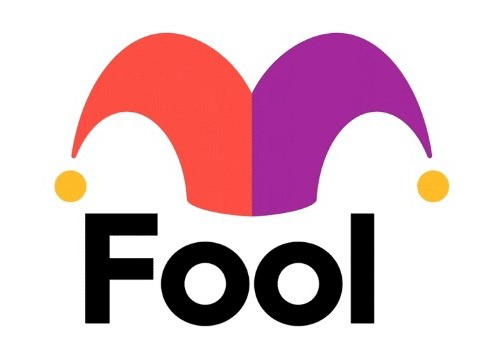One of the great advantages of saving for retirement in an IRA or 401(k) is the tax savings. Instead of paying taxes on the money you contribute today, you can defer those taxes until retirement. That can give you more money to invest or spend on your living expenses while you work.
But eventually the IRS comes asking for its tax revenue. That’s why it institutes required minimum distributions, or RMDs, on retirement accounts. Once you reach a certain age, you’ll have to start taking withdrawals from your IRA, 401(k), and other tax-advantaged accounts, and pay the taxes.
But what if your RMD turns out to be more than you need for your living expenses in retirement? You might want to keep investing those funds, increasing the amount you can leave to your heirs or donate to charity down the road.
If you don’t take the proper steps to reinvest your RMDs in retirement, you could end up paying a steep penalty. The IRS charges a tax penalty of up to 25% if you don’t take your full RMD before the deadline (typically Dec. 31 of each year). Plus, you’ll still have to take the withdrawal and pay the income taxes on it. Here’s what you need to know if you want to reinvest your RMD.

Image source: Getty Images.
Roth conversions do not count toward your RMD
Perhaps the biggest no-no when it comes to reinvesting your required minimum distribution is thinking a Roth conversion will count in the eyes of the IRS. After all, when you make a Roth conversion, you pay the taxes on the full amount you convert. So, the government is still getting its take, right?
The IRS explicitly prohibits this strategy, though. While it won’t have any impact on tax revenue in the short term, it will in the long run since a Roth IRA is a tax-protected account.
If you want to convert some of your IRA or 401(k) to a Roth IRA, you’ll have to make your RMD first. Any excess could be converted, and you can use the proceeds from the RMD to pay for the conversion. With the current tax rates, it may still make sense to convert additional funds to a Roth IRA and pay the taxes now. If tax rates or your investments climb significantly in the near future, it will work out in your favor.
You can take your RMD “in kind”
If you want to stay invested in the exact same stocks, bonds, or funds, you can opt to distribute them from your retirement account to a taxable brokerage account in kind. Instead of selling the investment and sending cash to your brokerage account, your financial institution will send the security directly to your taxable account.
Transferring in kind allows you to remain invested so you don’t miss a single day of potential market returns. Missing one good day in the market could have a meaningful impact on your overall returns. So, the ability to transfer in kind, if you plan on reinvesting anyway, is a great option.
There are some potential pitfalls to be aware of. First, since market prices fluctuate all the time, you might end up withdrawing more or less than the RMD. If you end up withdrawing less, you’ll need to make it up before the deadline. If you end up withdrawing more, you can opt to put the overage back in your IRA if you act within 60 days. Additionally, you’ll still owe taxes on the amount you distribute. Make sure you have cash to pay those taxes.
When you make an in-kind distribution from your retirement account to your taxable brokerage account, the cost basis is set at the value of the security at the time of distribution. That could have a potential impact on your future tax decisions.
There’s no shame in keeping it simple
If you want to be sure to avoid the penalties for missing your RMD or underdistributing, it’s best to keep things simple. Determine your RMD amount each year (if your financial institution doesn’t do it for you) and make sure you withdraw at least that much. It’s best to do so well in advance of the deadline, as many retirement account providers are inundated with requests at the end of the year.
You can take any excess cash you don’t need for living expenses or taxes and reinvest it in your taxable account. While you may miss a few days in the market, you’ll ensure you avoid the worse fate of a massive tax penalty.
The $22,924 Social Security bonus most retirees completely overlook
If you’re like most Americans, you’re a few years (or more) behind on your retirement savings. But a handful of little-known “Social Security secrets” could help ensure a boost in your retirement income. For example: one easy trick could pay you as much as $22,924 more… each year! Once you learn how to maximize your Social Security benefits, we think you could retire confidently with the peace of mind we’re all after. Simply click here to discover how to learn more about these strategies.
View the “Social Security secrets” »
The Motley Fool has a disclosure policy.
 fool.com
fool.com accuweather.com
accuweather.com benzinga.com
benzinga.com



